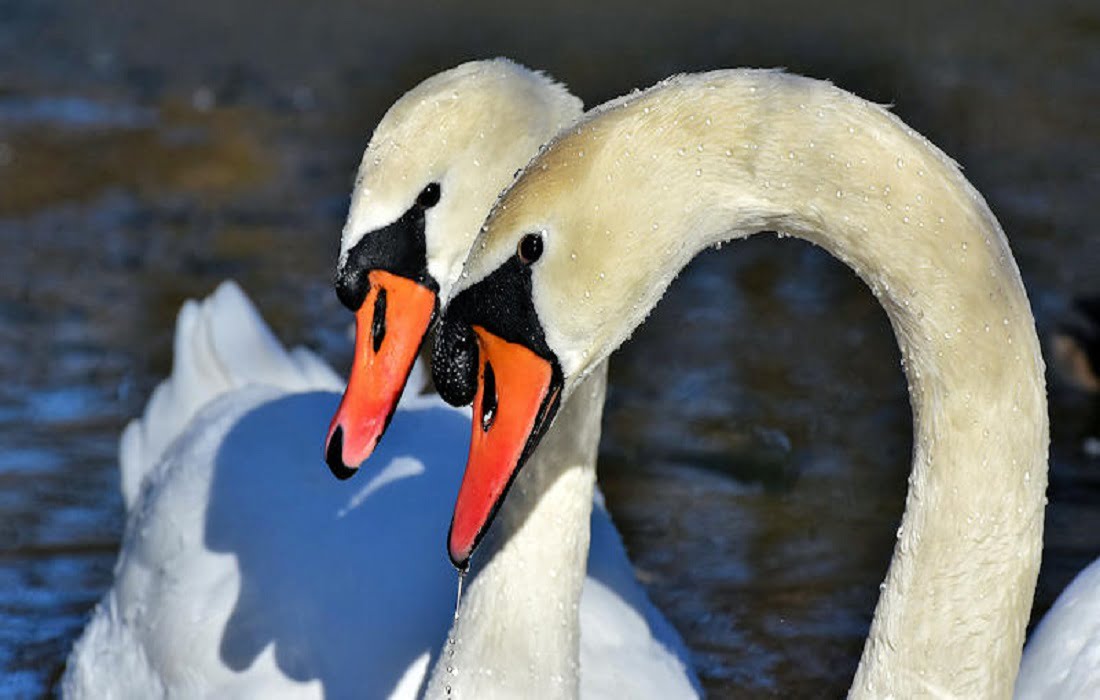A stunning bird that can be seen all around the world is the mute swan. For unknown vocal noises, it is given the label “silent.” Instead, it communicates with other swans through body language and movement.

The Mute Swan may reach a length of six feet, making it a very large bird. You can simply identify it by its characteristics of a rounded shape and lengthy neck.
These birds can be found in lakes, rivers, and coastal locations since they live near water. They have excellent swimming abilities and are frequently spotted gliding across the water. They primarily eat aquatic vegetation and small aquatic animals.
Mute swans have lifelong relationships and are devoted to their companions. They construct substantial nests close to the water, where they lay four to seven eggs. The male swan keeps watch over the nest as the mother swan sits on the eggs to keep them warm until they hatch.
“Flotillas” of Mute Swans, which congregate in significant numbers during the winter, are formed. During the colder months, these flotillas, which may hold hundreds of birds, offer protection in numbers.
Mute Swans were brought to North America as ornamental birds in the late 1800s; they are not native to the continent. Since they may outcompete native water birds for food and habitat, they have started to pose a problem in some locations. Keep a safe distance from them because they are known to be hostile toward both humans and other birds.
The Mute Swan is an elegant and intriguing bird that lends grace and charm to any waterway. Despite their potential for aggression, they remain a vital component of our ecosystem and demand our respect and protection.
